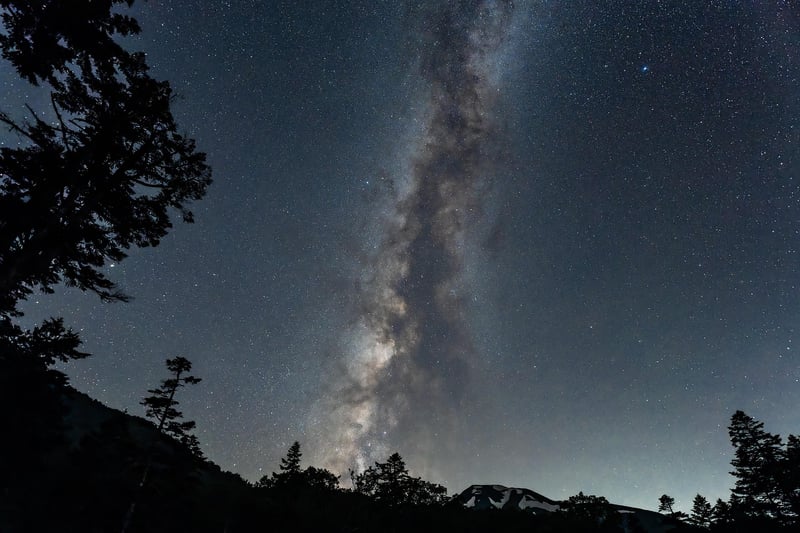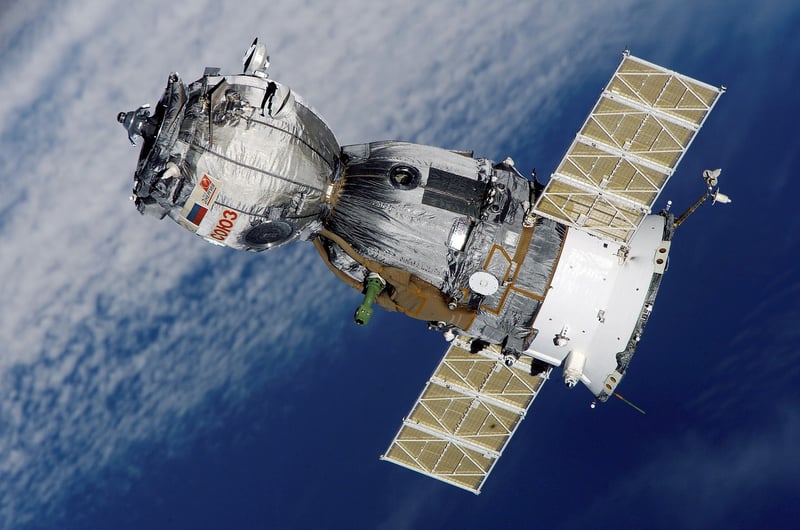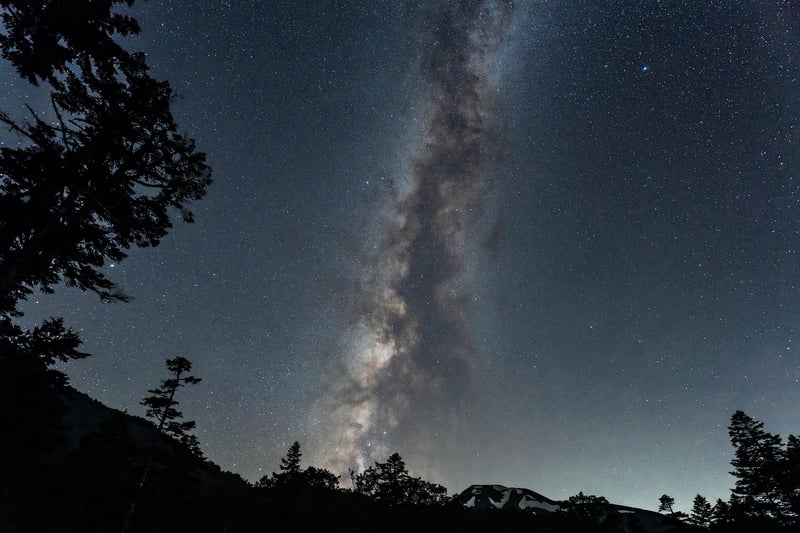Nebula Observations
Exploring Distant Galaxies and Nebula Observations
Have you ever gazed up at the night sky and wondered about the mysteries of the universe? Distant galaxies and nebulae are some of the most captivating objects in the cosmos, offering a glimpse into the vastness and beauty of outer space. Let's delve into the fascinating world of these celestial wonders and learn more about how scientists observe and study them.
What are Galaxies?
Galaxies are massive systems of stars, stellar remnants, dust, and dark matter bound together by gravity. They come in various shapes and sizes, ranging from spiral and elliptical to irregular formations. Our own Milky Way galaxy is just one of billions of galaxies in the observable universe.
Types of Galaxies:
- Spiral Galaxies
- Elliptical Galaxies
- Irregular Galaxies
Each type of galaxy offers unique insights into the evolution and dynamics of the universe.
What are Nebulae?
Nebulae are vast clouds of dust, hydrogen, helium, and other gases where stars are born. These cosmic nurseries can be illuminated by nearby stars or emit light on their own, creating stunning colors and shapes in the night sky. Nebulae play a crucial role in the formation of new stars and planetary systems.
Observing Galaxies and Nebulae:
Astronomers use telescopes equipped with advanced imaging technology to observe distant galaxies and nebulae. By capturing light from these celestial objects, scientists can analyze their composition, structure, and movement. Ground-based observatories and space telescopes like the Hubble Space Telescope provide valuable data for studying the universe's most distant and enigmatic phenomena.
Key Observatories:
Through ongoing observations and research, scientists continue to unravel the mysteries of distant galaxies and nebulae, expanding our understanding of the cosmos and our place within it.


